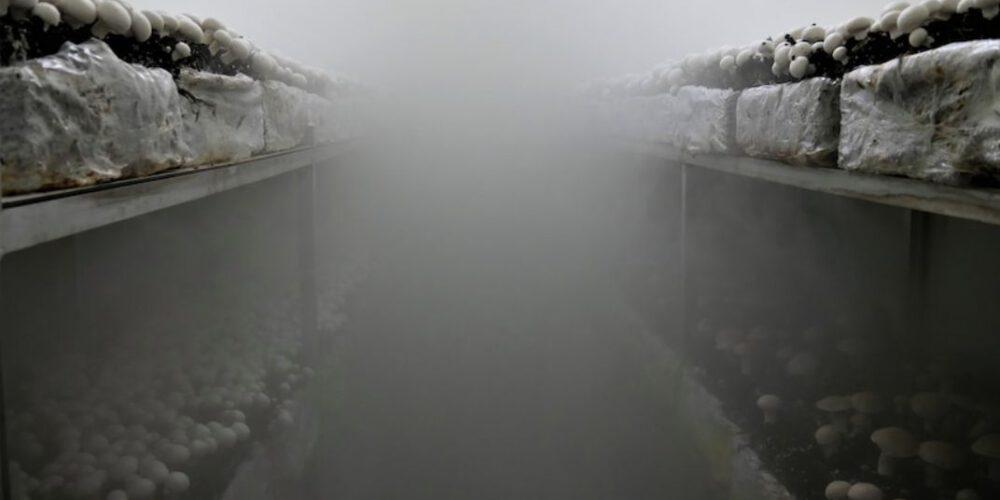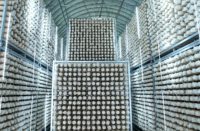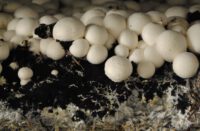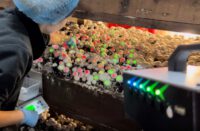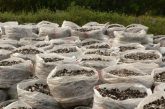Traditionally, the presence of pathogenic fungi and bacteria in mushroom growing houses can be detected by culturing microbiological samples over several days. An Australian research team is revolutionising this.
Michael Kertesz, an associate professor at the University of Sydney, told ABC News that the detection procedure would be based on the same PCR technology used for the COVID-19 pathogen in recent years. The trials were conducted using multiplex PCR test technology, which can detect the presence of certain pathogens in fungal plants with high confidence in 48 hours compared to 4-7 days for conventional detection methods. This speed, the early detection of the presence of parasites, is crucial for the treatment of infections. More than 5,000 tests have been carried out in the trial across Australia and the results show the method to be a success.
Simple and easy
Leah Bramich, head of the Australian Mushroom Growers Association, says the time gained by early detection of infestations is the most important. Growing rooms are in direct contact with each other, so an outbreak in one room can easily spread, resulting in a loss of production and disruption to the security of the supply chain.
Sampling is very simple and can easily be done by mushroom growers. It is advisable to take samples from several places, from the floor of the growing rooms, from the growing surface, from the hands of the workers, from the social rooms. According to Professor Kertesz, the best sampling point is the floor drains of the growing houses. For simple sampling, a cotton swab is used, for larger surfaces a roller similar to a paint roller.
There are currently 7 major mushroom farms in Australia using this method, and the high cost of testing at present makes it a viable technology for large companies.
Source: ABC
Photo by ABC Rural: Megan Hughes


